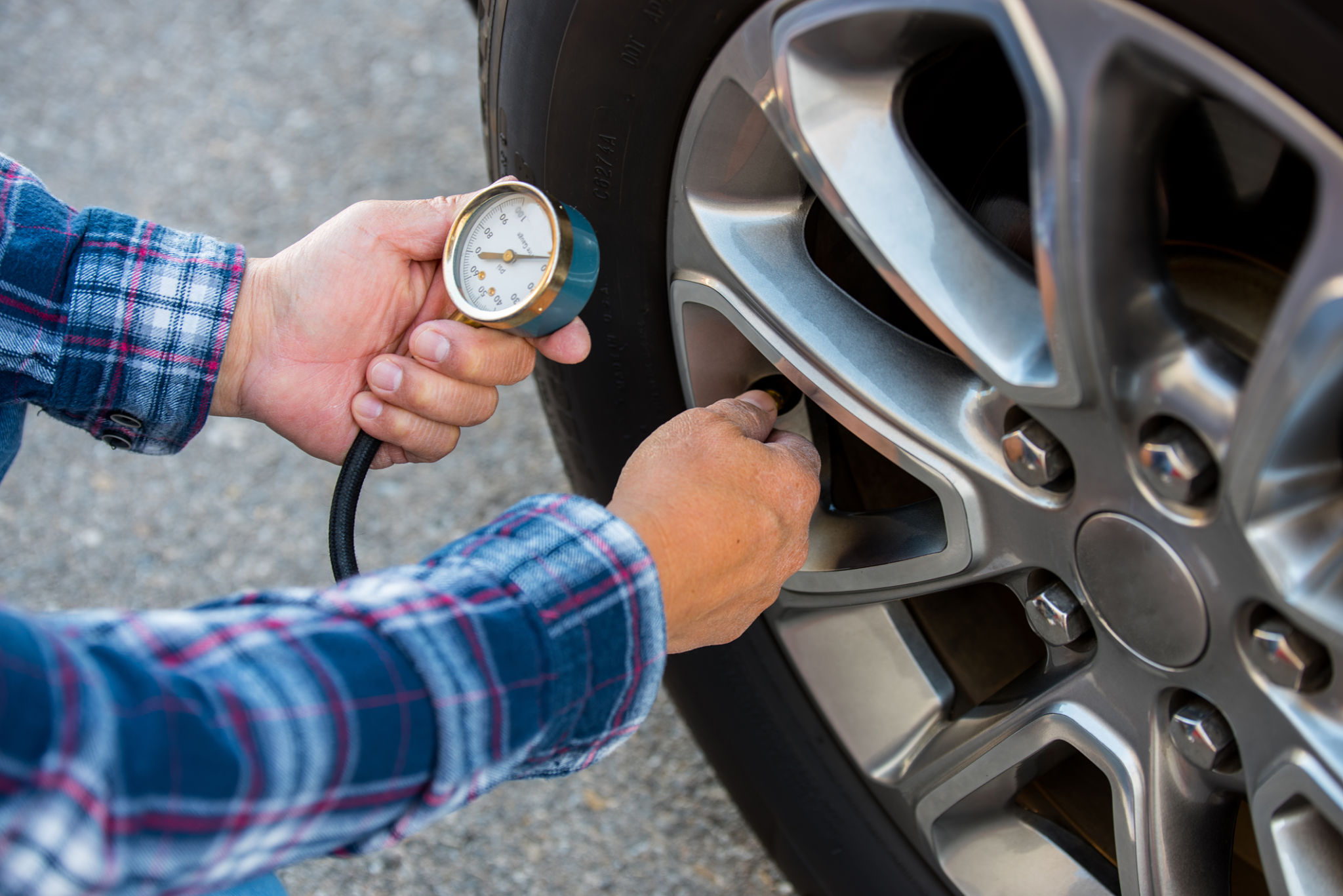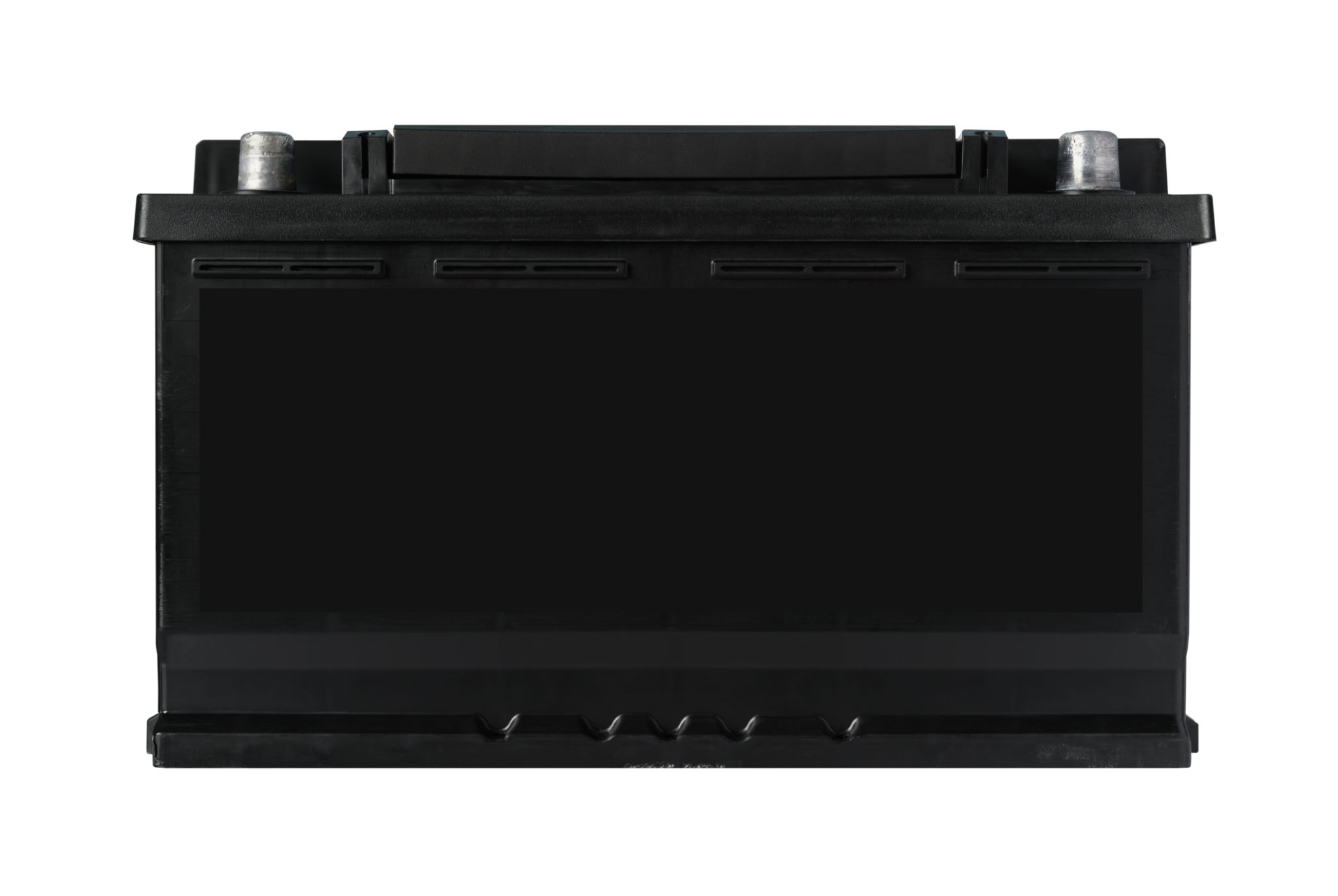How to Prepare Your Car for Westborough's Winter Roads
Understanding the Challenges of Winter Roads
Winter roads in Westborough can be treacherous due to snow, ice, and fluctuating temperatures. Being well-prepared is crucial for ensuring both your safety and the longevity of your vehicle. With a few proactive steps, you can navigate the winter months with confidence.
The cold weather can take a toll on your car's systems and components, so it's important to pay attention to key areas that are most affected by the winter conditions. Let's dive into some essential tips to help you prepare your car for the winter roads ahead.

Inspect and Change Your Tires
The condition of your tires is crucial when driving on icy or snowy roads. Tires with adequate tread provide better traction, which is vital for safe driving in slippery conditions.
Check Tire Tread Depth
Use a tread depth gauge to ensure your tires have enough tread left. If the tread is worn down, consider replacing your tires with winter tires, which offer enhanced grip and performance in cold weather.
Monitor Tire Pressure
Cold temperatures can cause tire pressure to drop. Check your tire pressure regularly and inflate them to the recommended levels as needed. Properly inflated tires help maintain control and improve fuel efficiency.

Maintain Your Battery
Car batteries are particularly vulnerable in cold weather. The drop in temperature can reduce a battery’s capacity and make it harder for your car to start.
Test Battery Health
Have your battery tested to ensure it's in good condition. If your battery is more than three years old, consider replacing it to prevent any unexpected failures during the winter months.
Clean Battery Terminals
Ensure the battery terminals are clean and free of corrosion. Corroded terminals can affect the battery's performance and may prevent your car from starting.

Prepare Your Engine for Cold Starts
A well-maintained engine is essential for reliable performance during the winter. Cold starts can be tough on engines, so taking a few steps to prepare can make a big difference.
Check Oil Levels and Viscosity
Make sure your engine oil is at the right level and has the proper viscosity for cold temperatures. Consider using synthetic oil, which flows better in low temperatures and provides better protection for your engine.
Inspect Belts and Hoses
Cold weather can cause rubber belts and hoses to become brittle and crack. Inspect them for signs of wear and replace them if necessary to prevent breakdowns.

Ensure Visibility and Safety
Clear visibility is crucial for safe driving in winter conditions. Snow, ice, and fog can obscure your view, so it's important to keep your windshield and lights clean.
Check Wiper Blades and Washer Fluid
Replace worn wiper blades and fill up on washer fluid that’s rated for low temperatures. This ensures you can keep your windshield clear of snow, ice, and road grime.
Inspect Lights
Make sure all your lights, including headlights, taillights, and turn signals, are functioning properly. Clean off any snow or ice that may obstruct them to maximize visibility.
Prepare an Emergency Kit
Even with the best preparation, emergencies can still happen. Having an emergency kit in your car can be a lifesaver if you get stranded or stuck in a snowstorm.
- Include items such as a blanket, flashlight, extra batteries, first-aid kit, non-perishable snacks, and water.
- Add a small shovel, ice scraper, and sand or kitty litter to help with traction if you get stuck.
By following these tips and taking proactive measures, you can ensure that your car is ready to tackle Westborough's winter roads safely and efficiently. Stay safe out there!
